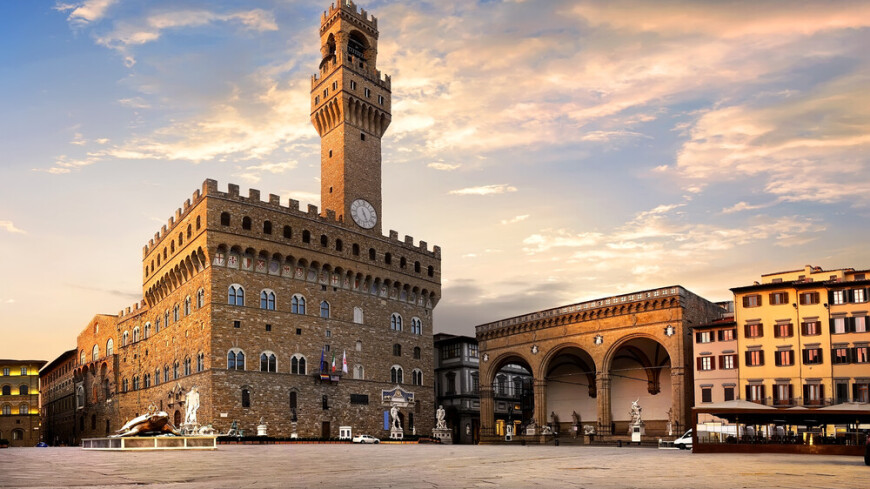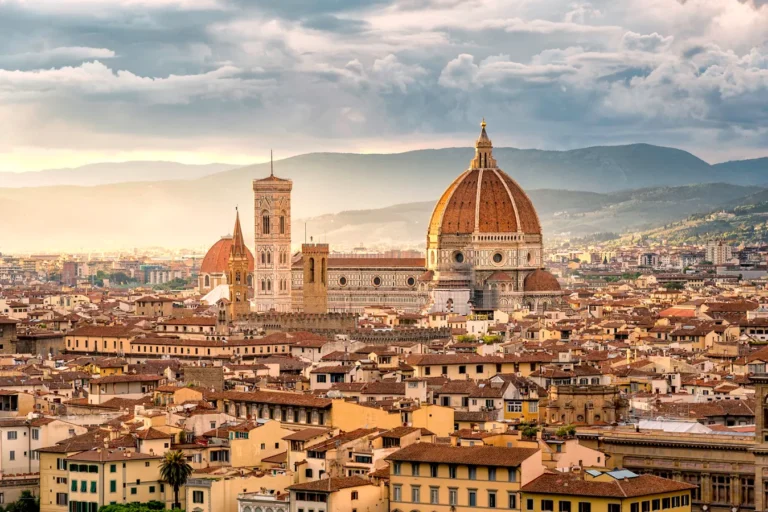
Medici and Florence: A Dynasty That Changed the City’s Fate
Florence, one of Italy’s greatest cultural and economic centers, owes much of its grandeur to the Medici dynasty, which left an indelible mark on its history and culture. This powerful family ruled the city for several centuries and played a key role in the development of the Renaissance.
The Historical Influence of the Medici
The Medici family began its rise to power in the early 15th century. Cosimo de’ Medici (1389–1464), known as Cosimo the Elder, was an outstanding banker and political figure. His wise leadership and financial support for the arts and sciences allowed Florence to become a cultural hub of Europe. Cosimo invested in architecture and art, leading to the construction of iconic structures such as the Cathedral of Santa Maria del Fiore and the Baptistery of San Giovanni.
His grandson, Lorenzo de’ Medici (1449–1492), known as Lorenzo the Magnificent, continued this tradition. Lorenzo was a patron of renowned artists and scholars such as Michelangelo, Leonardo da Vinci, and Botticelli. His court became a vital cultural center, attracting skilled artists and intellectuals from across Italy and beyond.
Architectural Legacy
Thanks to the Medici’s support, Florence boasts numerous architectural masterpieces. The Palazzo Vecchio, towering over the city, served as the Medici residence and a symbol of their power. The Palazzo Pitti, built for the Medici family, became an important cultural center and museum housing priceless works of art.
An important achievement of the Medici is the Cathedral of Santa Maria del Fiore and its famous dome, designed by Filippo Brunelleschi. This dome, one of the largest in the world, became a symbol of innovative architectural approach embodying the spirit of the Renaissance.
Medici and Art
The Medici not only supported the arts but also actively shaped them. Their art collections, amassed over centuries, formed the foundation of the Uffizi Gallery, one of the most famous art museums in the world. Here, one can see works by masters such as Titian, Caravaggio, and Rembrandt.
Political Legacy
Although the Medici were renowned for their cultural achievements, their political influence was equally significant. They ruled Florence as de facto monarchs, affecting the city’s politics and economy. Their rule helped establish stability and ensure prosperity but also sparked dissatisfaction among some segments of society.
Conclusion
The Medici dynasty left an indelible mark on Florence’s history. Their support for the arts, architecture, and science contributed to creating a unique cultural environment that continues to attract visitors from around the world. The influence of the Medici is still felt in every corner of Florence, making it one of Europe’s most significant cultural and historical centers.
